Clinical Reasoning Corner: Likelihood Ratios
The Clinical Problem Solvers
FEBRUARY 9, 2020
Clinical Reasoning Corner: Likelihood Ratios By Jack Penner Welcome back, Clinical Problem Solvers! Thank you for reading the latest post in our “Clinical Reasoning Corner”, where we discuss key clinical reasoning principles that shape how we think through cases. To do that, we need to rely on LRs. Luckily, Dr.


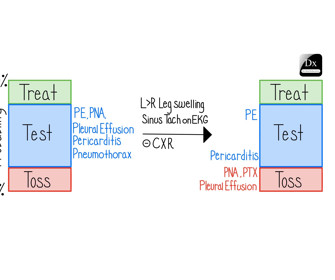
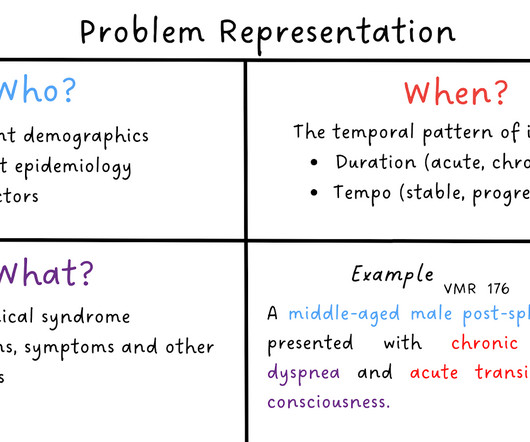

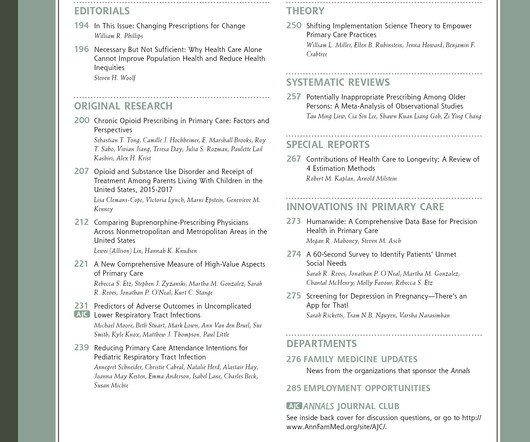
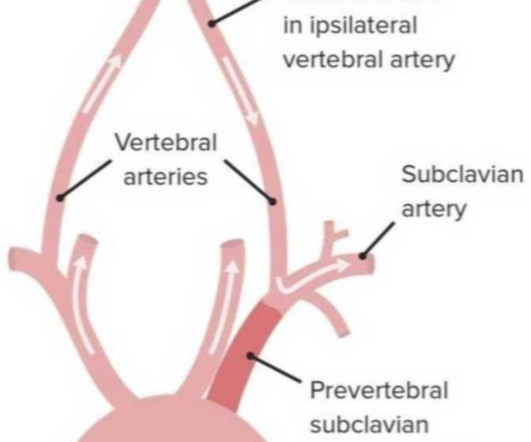
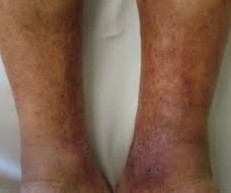


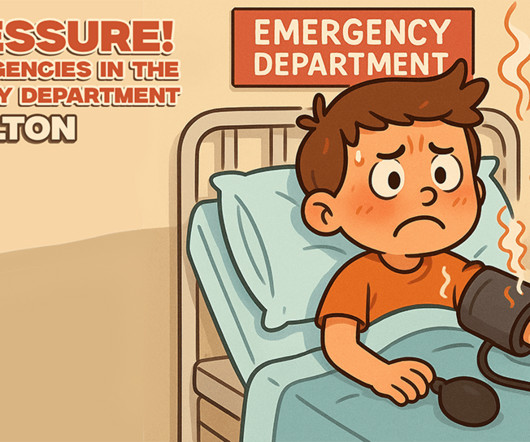










Let's personalize your content